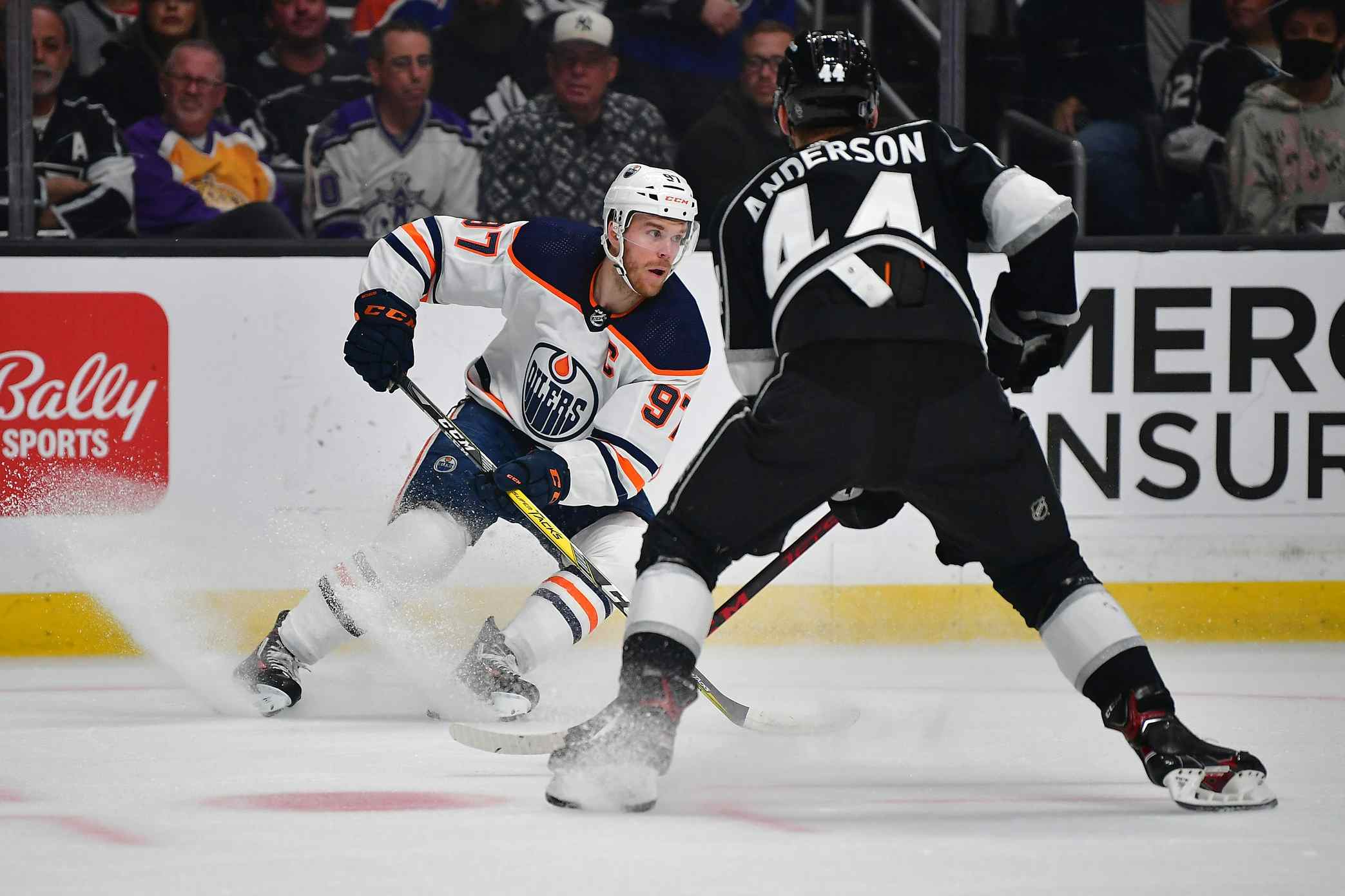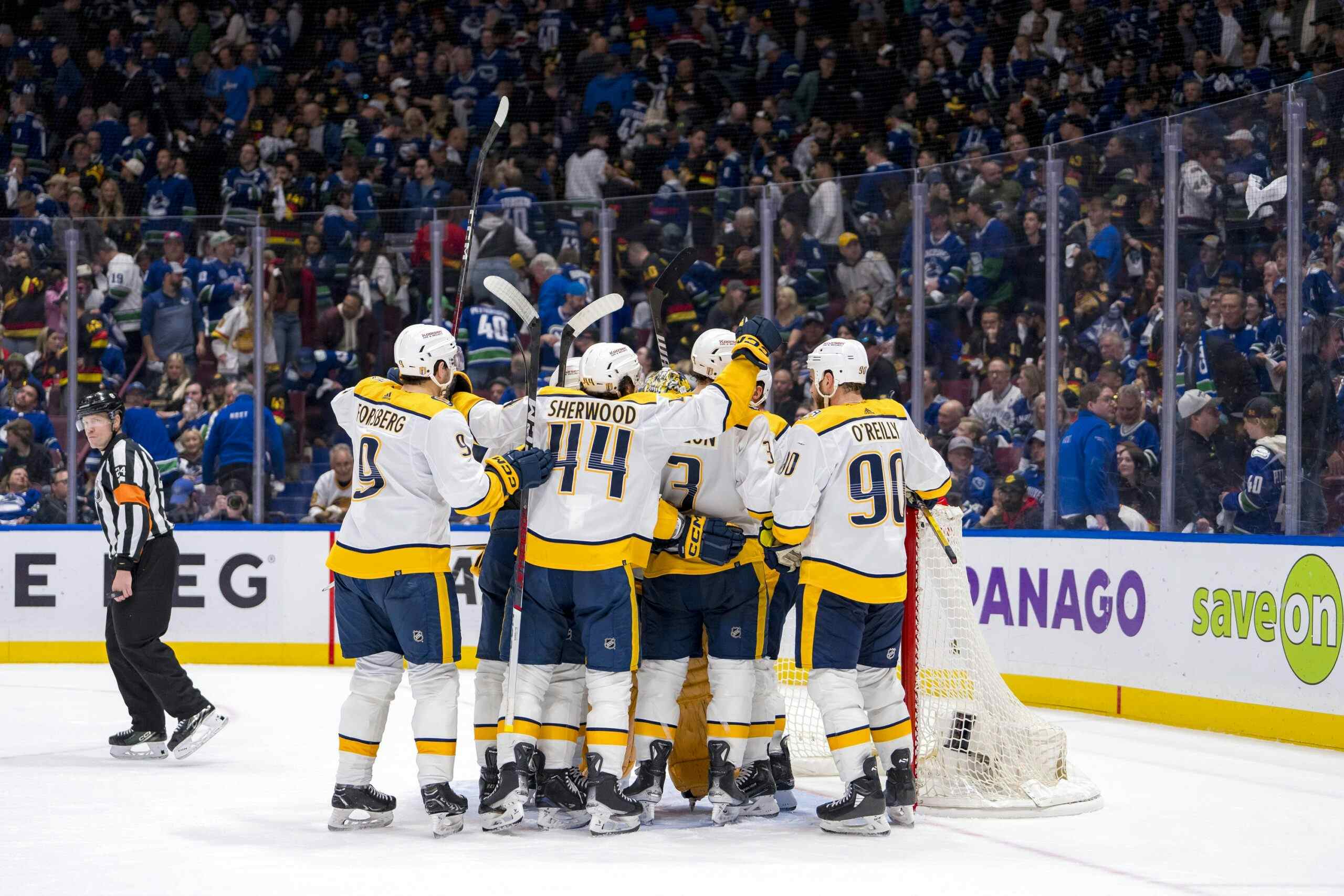Starting The Clock: Jordan Eberle
The salary cap era has been interesting, to say the least. One of the common themes of it has been that it pays off far more to develop younger players because they generally make less money due to a more restrictive contract.
That’s true, but many people take it to mean that young players should get more of a shot as a result. In point of fact, the opposite is true – at least for junior-aged players.
It’s because of the basic career curve. Will a player be better from the age of 18-20 or from 19-21 or from 20-22? In virtually every case, the player aged 20-22 will outperform the player aged 18-20.
Take Nathan Horton of Florida as an example. He was drafted in 2003, and spent the 2003-04 season in the NHL (55GP – 14G – 8A – 22PTS). Because of that, when the lockout came in 2004-05, he spent the year in the AHL (21GP – 5G – 4A – 9PTS). In the final year of his entry-level contract, Horton broke out offensively (71GP – 28G – 19A – 47PTS). That ended his three year entry-level deal, and burned three of his RFA years too, taking him closer to unrestricted free agency.
Now, let’s say that he had not been added to the NHL roster until 2005-06, when he was really adding some offense and competing in a top-six NHL role. His three seasons on his entry level deal would have looked like this:
- 2005-06: 71GP – 28G – 19A – 47PTS
- 2006-07: 82GP – 31G – 31G – 62PTS
- 2007-08: 82GP – 27G – 35A – 62PTS
That’s a lot more bang for buck. The Panthers pay the same amount of money regardless, but in the first case they paid it for a player who only contributed top-six minutes for one year of three. In the second case, they pay it for a player who could be counted on for 27-31 goals every season. Additionally, it would have kept Horton a Panther longer – adding two more years of restricted free agency before he could test the open market. Meanwhile, if the Panthers really needed a 22-point scorer in 2003-04, they could have signed one cheaply via free agency; Horton simply wasn’t good enough to provide something the Panthers could have gotten for the same (or given that high-end rookies make considerably more than league minimum, less) money.
This is just an example, but it’s one case of many.
An argument against the policy that seems so sensible from a financial perspective is the development angle. Granted, I haven’t done a full-scale study, but from what I’ve seen and read it seems just as likely that a prospect will have his development derailed by injury in the NHL as he is by slow progress in junior. Horton had both his 18- and 19-year old seasons cut short by shoulder surgery; that may have happened in junior but it would have been much less likely. With a little more weight and physical maturity (which he would have had if he’d come into the NHL at 20) the injury trouble might have been avoided entirely. In the worst-case scenario, a player like Gilbert Brule can see his career completely derailed.
Sam Gagner is another example. He was lucky enough to avoid serious injury – a concussion suffered on a Nicklas Grossman hit during his rookie year turned out to be minor. He’s been more prolific offensively than Horton too, scoring 49 and 41 points.
That said, he was overmatched as a rookie. Those 49 points came along with a -21 rating; a rating that improved to -1 just a year later. He becomes a restricted free agent next year, at age 21. He’ll be an unrestricted free agent at the age of 25.
The Oilers will probably keep him. They got lucky on the injury front, and they’ll find the money from somewhere. But would the team have been better off to delay his entry into the NHL until he was 19? Probably. His 49 points looks impressive, but that -21 rating was both deserved and wasn’t helping the team win any games.
The point here is not to make this mistake again. The organization is making noises that Magnus Paajarvi-Svensson won’t even get a look until 2010-11. That’s a good thing, but it doesn’t get them out of the woods. Jordan Eberle is getting some attention as a roster option next season, and I think that would probably be a mistake. His 74 points isn’t exactly lighting the league on fire; players drafted this past year (Kane and Schenn to name two) posted better numbers than that. He isn’t big, and he probably isn’t going to be a good defensive player right away; he went -5 in just 9 AHL games this past spring.
If he’s ready to contribute – and I mean really contribute, contribute enough offense while not looking totally clueless in his own end – than by all means play him. But don’t bring him up if he’s going to chip in 30 points and be a liability in his own end – like Ales Hemsky was when he was rushed into the league at 19.
It’s stupid to start the clock on these kids ticking before they can actually help the team win games.
Recent articles from Jonathan Willis





